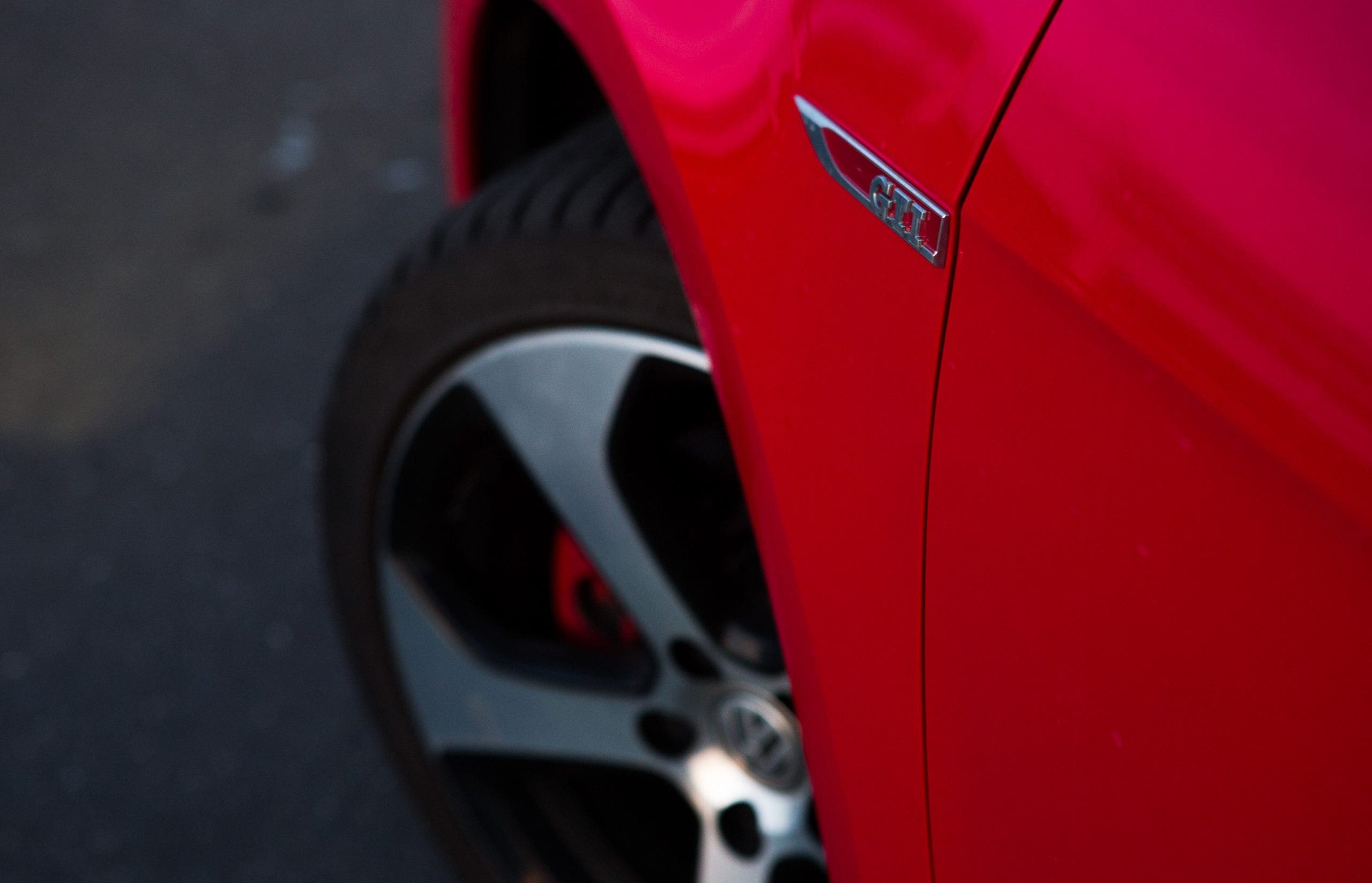
Tailored Fit - Performance Radiator R&D, Part 2 - Design Plans
In the age of reality TV, it's almost impossible not to have watched at least one of those makeover shows. Whether it's housing, fashion, tattoos, or even cars, the formula is the same. Old and ugly comes in, and the fixers jump right into the action. Right away, there's a plan to fix it, followed by some shots of the experts looking intently at the problem, making sketches, and diving into the project before cutting to commercial. If our MK7 Volkswagen Golf TSI/GTI/R radiator project was one of those shows, this is precisely where we would be. Our star engineer has evaluated the weak points, and now there's a plan. So, before we hear from our sponsors, let's take a look at the planning phase of our MK7 radiator makeover.
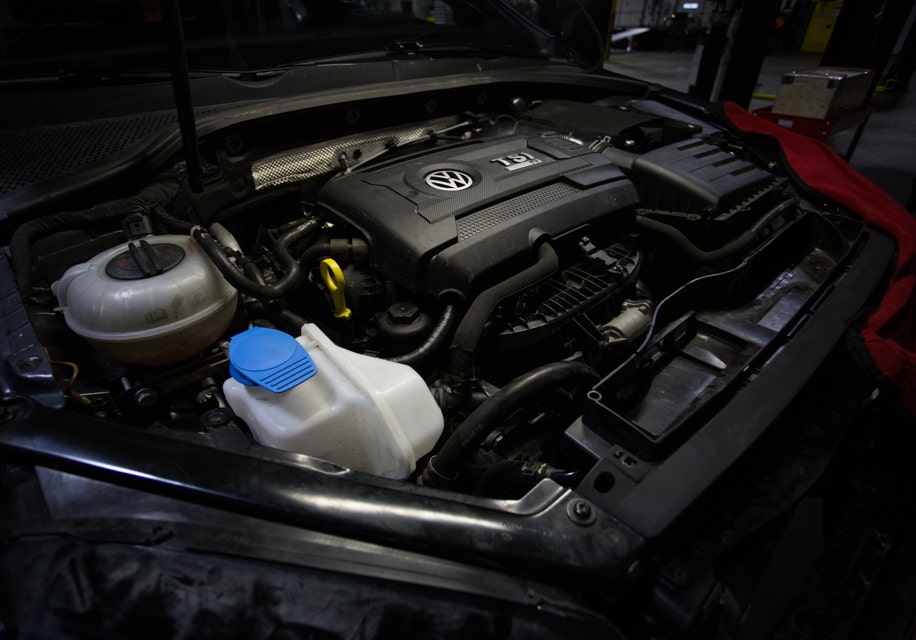
One of the primary challenges with our new design is the available space. Like with any other VAG product or German vehicle for that matter, there is an efficient use of the engine bay, so nothing goes to waste. Also, the entire front cooling stack is designed to fit in a cage because of the modular design, which makes assembly into the other variants take much less effort. Still, it means our design envelope is severely restricted. Our engineer still has a few ideas in store to help improve the cooling capacity of the MK7 platform.
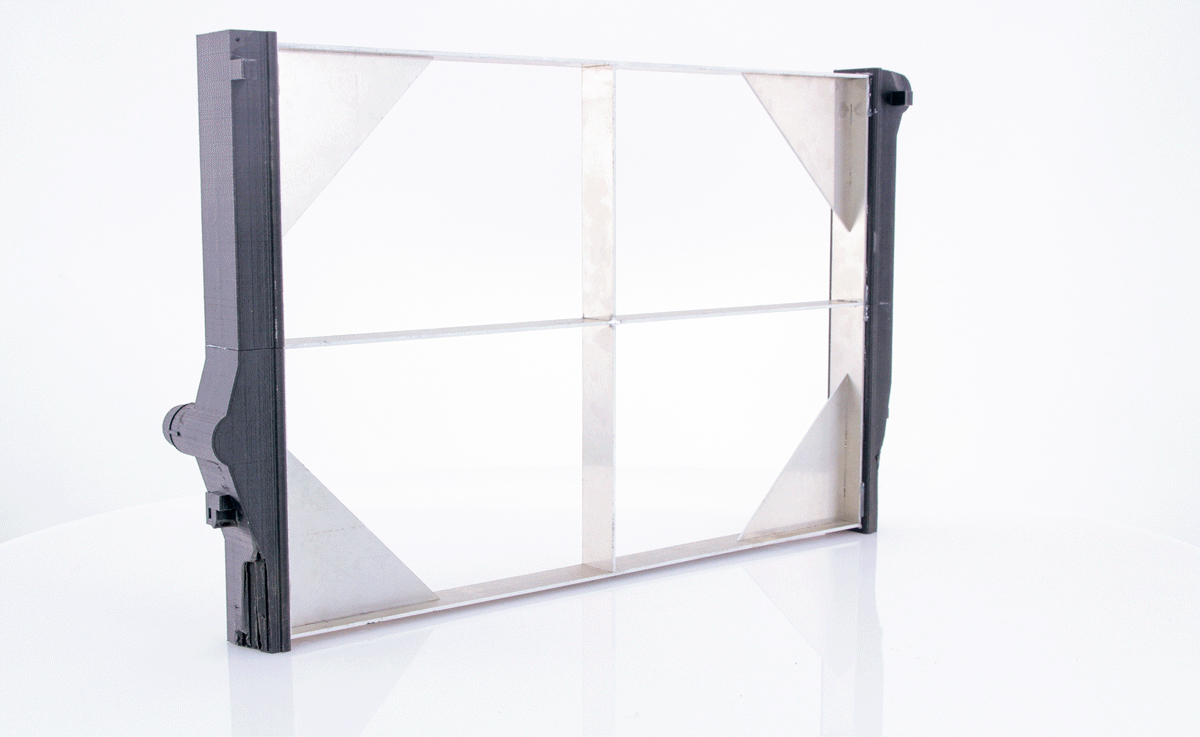
Core thickness is the key element. Since we can't expand the height or the length of the core, Jason focused on the final variable to increase core volume. With the stock core measuring in at 27mm, we had plenty of room to grow in terms of width. With the improvement of any component, though, it's all a balancing act. Too thick of a core could be a detriment to the heat dissipation process, not to mention that we still need to leave enough room for bigger intercoolers too. On the flip side, not adding enough to the core's width wouldn't make significant increases to the performance. Jason found the sweet spot of a 15mm addition to this spec to help all variants of the Golf keep their cool. Also, to maintain balance with the thickness and heat transfer, we elected to retain louvered fins.
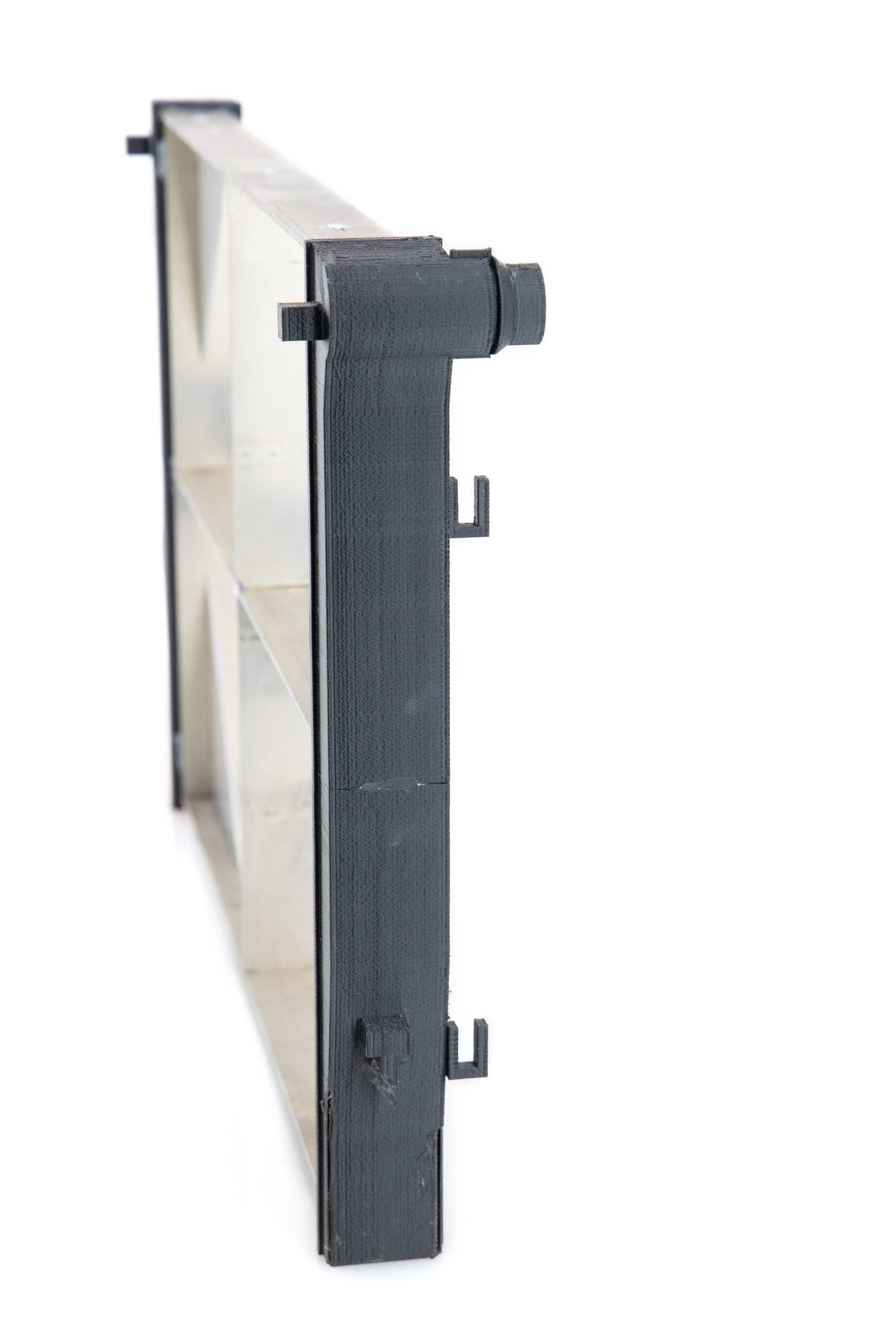
When it comes to the end tanks, we plan on leaving the plastic design behind in favor of full aluminum construction for a vast improvement of durability. Our design will also slightly increase the end tanks' size and a bump in the total coolant capacity while staying within the same general silhouette not to affect the fitment. We're not ditching everything about the stock end tank design, though. We're opting for retaining the stock mounting locations for ease of installation, so nothing needs to be permanently modified. Also, the quick disconnect fittings are remaining the same, so you won't need to change out your hoses too.
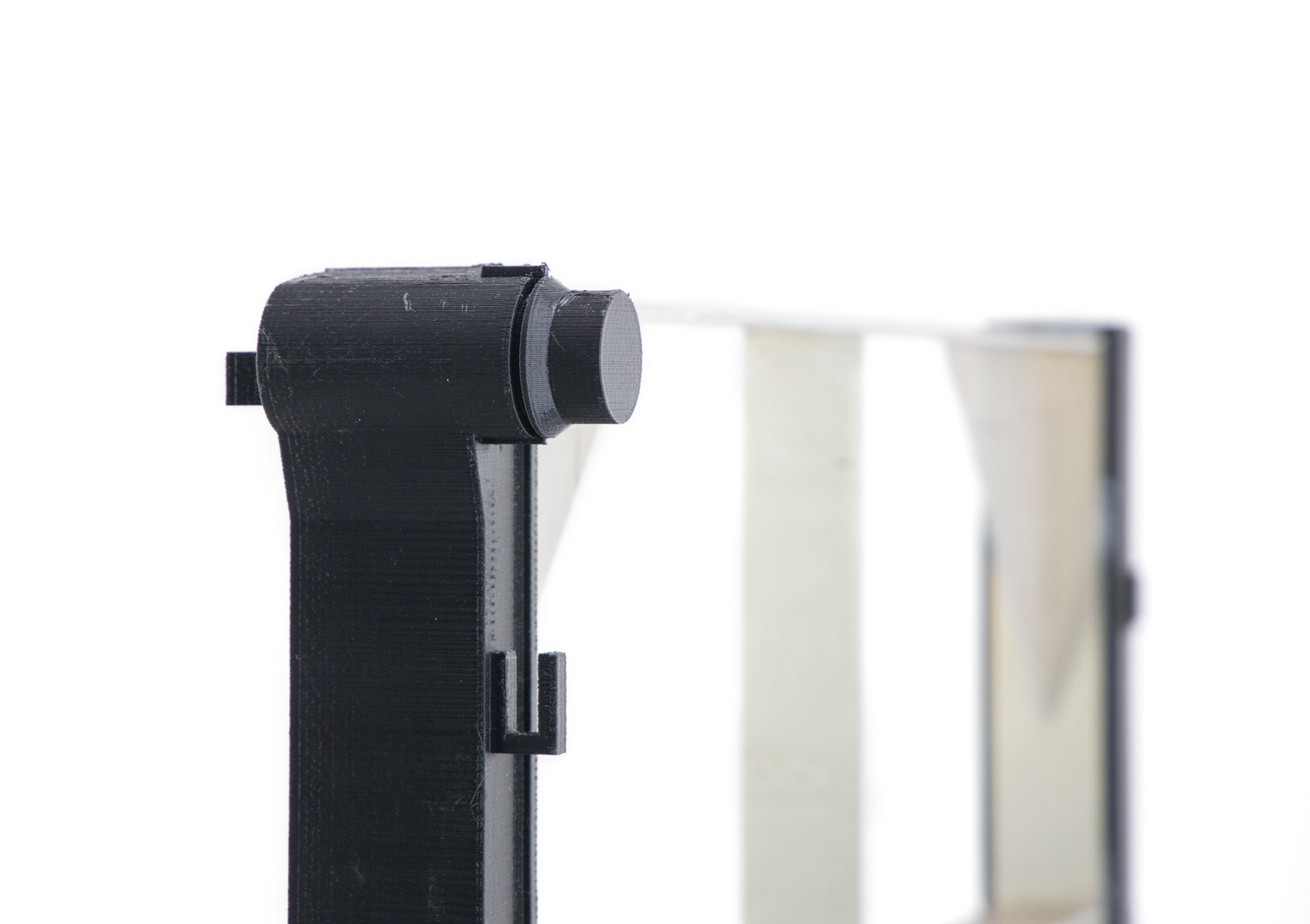
Even with careful planning and consideration, some things are unknown until tested. Specifically, for this project, it's determining the flow pattern of our radiator. Since there is a limit on the core's spatial increase, we can divert the coolant flow, so it stays in the core longer, thus exchanging a higher volume of heat. This is achieved with a dual, or even a triple pass flow pattern, essentially having the coolant snake it's way through the tubes in an S pattern. However, as with the core size, there is a delicate balance. If the coolant stays in the core too long, it can have the opposite effect. For that, we wanted to run our own testing to determine which flow pattern best suits the MK7, so there'll be some extra dyno testing on the way.
It wouldn't be a true reality makeover show without the perfect cliffhanger commercial break, so make sure to refill your snacks before settling back in for the first look at our full production sample coming soon.
Thanks for Reading!
-Nick










